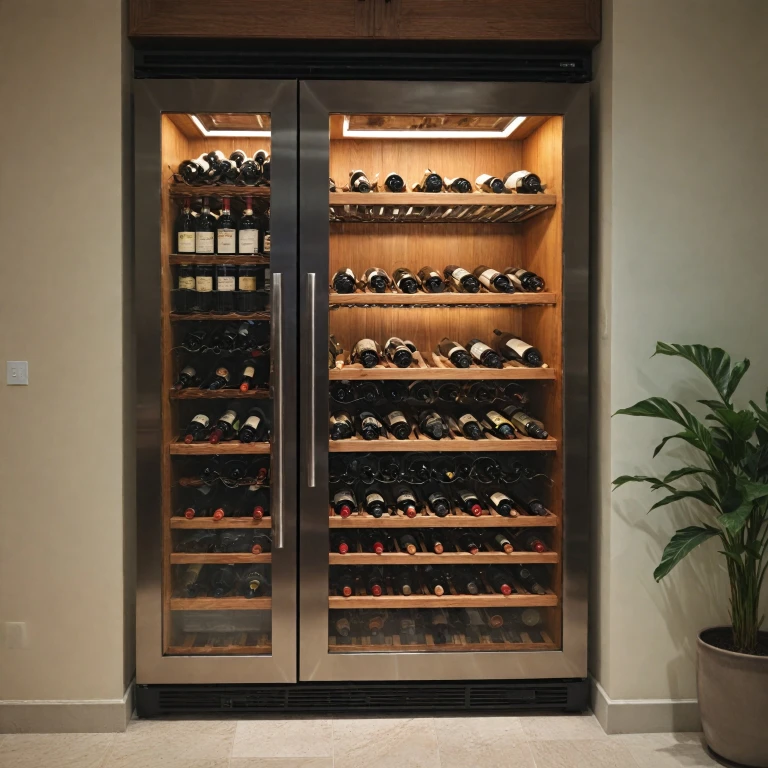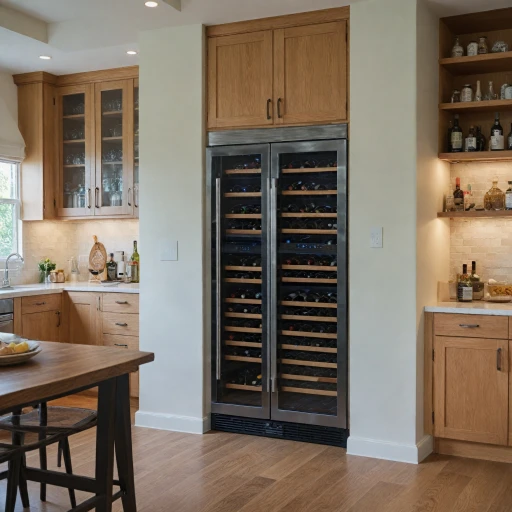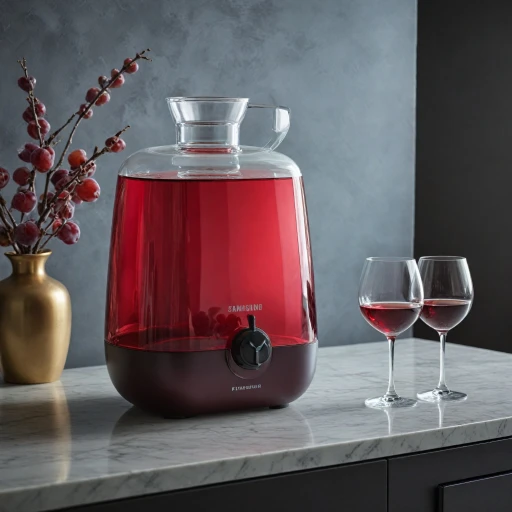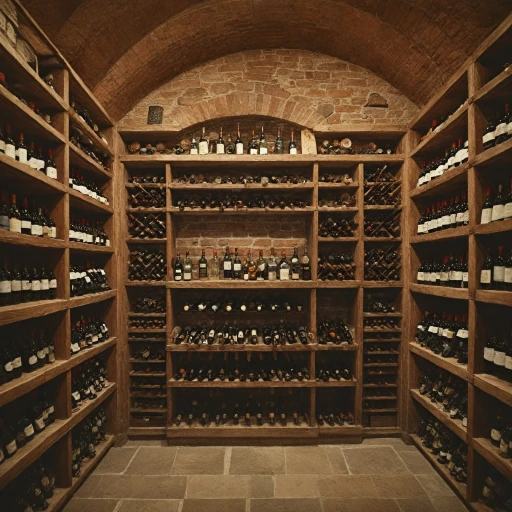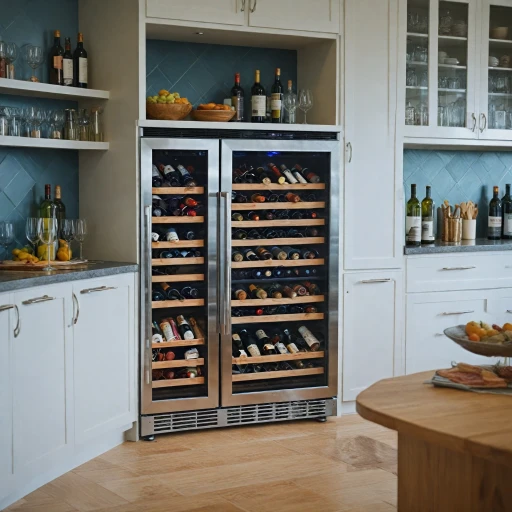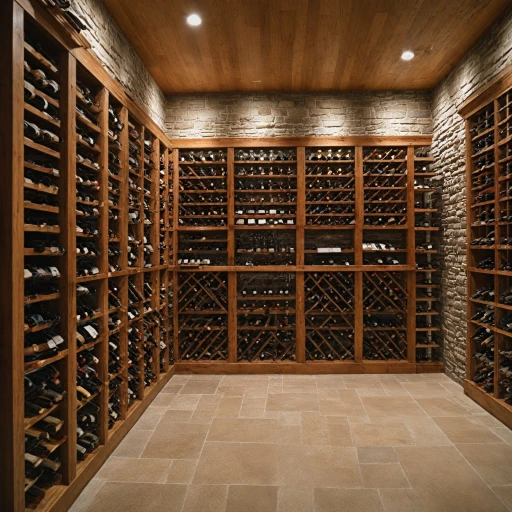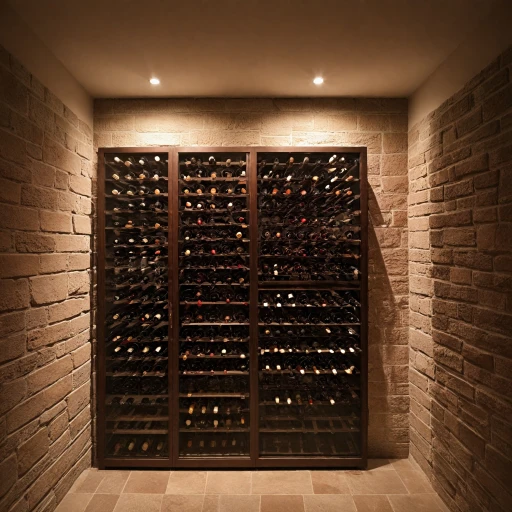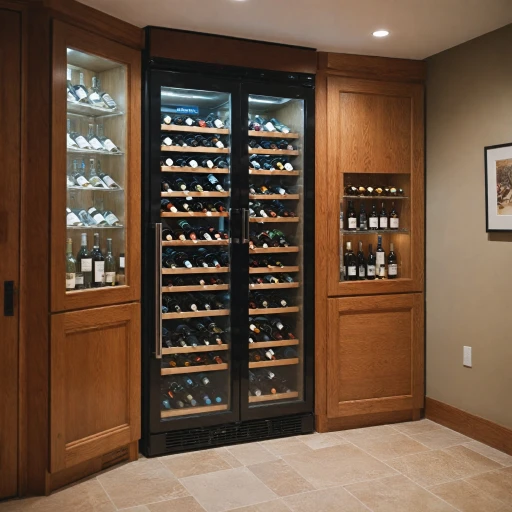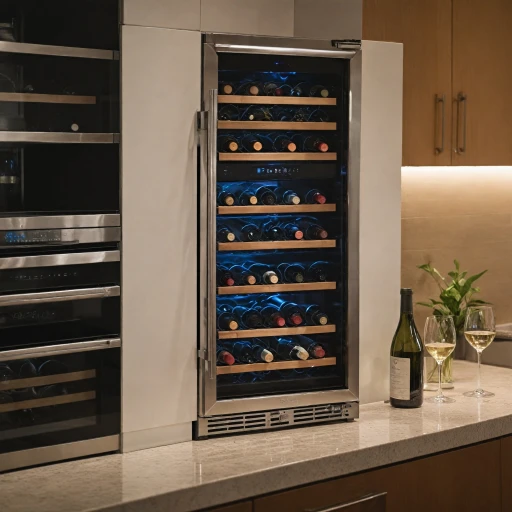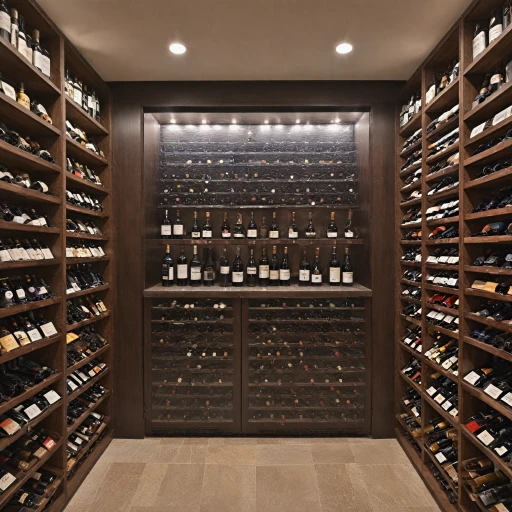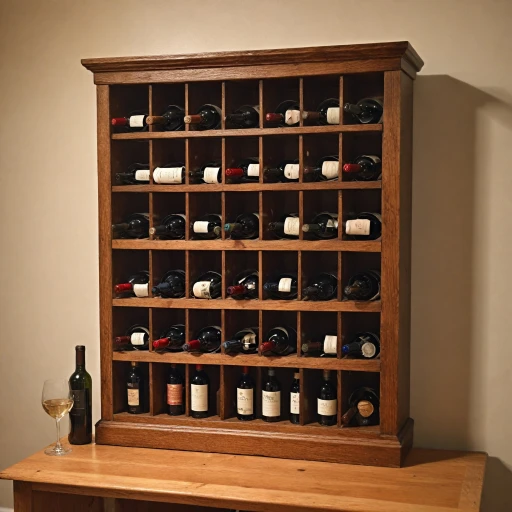
Why Wine Refrigerator Dimensions Matter
Importance of Accurate Measurements for Optimal Wine Storage
When it comes to selecting the perfect wine cooler, understanding the dimensions of your wine refrigerator is crucial. Whether you're looking to add a wine fridge to your kitchen or wine cellar, the size you choose affects both functionality and aesthetic. Wine coolers come in various sizes, suitable for different spaces and storage needs. A perfect fit ensures not only convenience but also the optimal performance of the appliance, which is paramount for preserving the delicate flavors of wine. A wine refrigerator's dimensions determine its capacity. Factors like the number of bottles it can hold, whether it's a single or dual zone model, and if it fits comfortably in its designated space are influenced by its size. Whether you opt for a freestanding wine unit with a glass door or a built-in model featuring stainless steel, precise measurements minimize installation hassles and enhance space efficiency. Temperature management is another aspect influenced by dimensions. If your fridge is too small for the number of bottles you intend to store, temperature consistency can suffer. On the other hand, a unit that’s too large may unnecessarily consume energy and inflate costs. Finally, the dimensions of your wine storage solution impact design harmony with your interior decor. Whether you favor the sleek look of black fridges or the sophisticated touch of stainless steel, a well-sized wine refrigeration unit complements your space. For more insights on choosing the right cooling unit for your compact wine cellar, you can explore this useful guide. Tailor your choice to your specific needs by considering how its dimensions align with your storage goals.Standard Wine Refrigerator Sizes
Exploring Popular Wine Fridge Sizes
When selecting a wine refrigerator, understanding the standard sizes available can save time and potential headaches. These sizes cater to diverse needs, whether you're seeking to store a modest collection or an extensive assortment of bottles.
- Small Wine Refrigerators: These compact units are perfect for beginners or those with limited space. Typically designed to hold between 12 and 24 bottles, these single zone wine coolers often feature a freestanding profile. Their sale price is usually quite accessible, making them an excellent entry point into the world of wine storage.
- Mid-Sized Options: For those with a growing collection, mid-sized wine fridges offer a significant upgrade. Capable of storing between 25 and 50 bottles, these come in both freestanding and built-in variations. A popular choice is the dual zone wine fridge, allowing you to maintain different temperatures for varied wine types.
- Large-Capacity Units: Serious collectors or those with large wine cellars may opt for larger units that accommodate over 50 bottles. These often come with advanced features like a stainless steel structure and a sleek glass door, offering an elegant aesthetic in addition to ample storage capacity.
A crucial aspect of choosing the right fridge size involves considering whether your needs may evolve. If you're likely to expand your collection, opting for a larger unit with a black or stainless steel finish may prove more cost-effective than upgrading later. The right size for your wine cubby can be determined by assessing both your current collection and any anticipated growth.
Measuring Your Space for a Wine Refrigerator
How to Accurately Measure Your Space for a Wine Refrigerator
Measuring the space for your wine fridge is a crucial step in ensuring a perfect fit and optimal functionality. Before diving into this, remember that your wine cooler’s size should complement the available space, while also accommodating the number of bottles you plan to store. Proper measurement ensures you can enjoy the features of both freestanding and built units without issues.
Steps to Measure Your Space Accurately:
- Identifying the Location: Decide where you will place the wine refrigerator—whether it's integrated into cabinetry or a freestanding wine cooler. Account for the space required for a glass door if applicable and ensure ease of access.
- Measure Width, Height, and Depth: Use a measuring tape to calculate the width, height, and depth of the designated area. Consider the dimension of the wine refrigerator, including extra clearance for the door to open smoothly.
- Checking for Power Supply: Verify that an electrical outlet is available nearby, reducing the need for extension cords that could obstruct paths or cause hazards.
- Ventilation Requirements: Maintaining a proper ventilation space is crucial, especially for freestanding wine coolers. These fridges need room to dissipate heat effectively.
While taking these measurements, think about future proofing as well. If you’re contemplating a larger collection or different bottles, such as a dual zone or single zone wine fridge, preparing now can save time later.
For further guidance on choosing the right design, visit the comprehensive guide to ensure you're selecting the best unit for your wine bottle storage needs. Balancing between the aesthetic appeal like stainless steel and black finishes, and practical considerations like regular or sale price can also guide your final purchase decision.
Customizing Wine Refrigerator Dimensions
Tailoring Wine Fridge Sizes to Personal Preferences
When it comes to creating the ideal setup for storing your wine collection, customizing the dimensions of your wine fridge can offer significant advantages. While standard sizes work well for many, bespoke dimensions may be more fitting, especially if you have unique storage needs or specific design aesthetics in mind. The choice between a freestanding wine unit or a built-in one largely affects customization options. Freestanding wine coolers provide flexibility in placements, such as snugly fitting into available kitchen spaces or showcasing them proudly in living areas. Built wine units, meanwhile, are seamlessly integrated into kitchen cabinetry, allowing for a sleek look while ensuring no disruption in the existing decor. This is particularly advantageous for those seeking a visually cohesive environment. However, whether you opt for a freestanding or built-in wine cooler, considering door swing and clearance is crucial. For instance, glass doors are visually appealing and display your wines attractively but require ample room to open fully, reducing potential placement options. Opting for custom dimensions can also mean adapting the wine storage solution to accommodate varied wine bottle sizes or differing wine types. For instance, aiming for a dual zone wine fridge can provide the necessary temperature flexibility, catering to both white and red wines’ distinct requirements. Thus, having a unit tailored to personal collection habits ensures optimal storage conditions and maximizes the bottle capacity. Finally, be mindful of how material choices like stainless steel can impact the overall appearance and durability of your wine fridge. Whether you prefer the classic look of black wine coolers or the sleek modernity of stainless steel, ensuring the material complements your space contributes to both its function and longevity. Customizing your wine fridge dimensions not only enhances fit and aesthetics but also tailors the storage experience to your unique needs, ensuring your wine collection is preserved in the best possible conditions.Impact of Dimensions on Wine Storage Capacity
The Role of Size in Wine Storage Potential
When selecting a wine refrigerator, it's important to understand how its dimensions can impact the overall storage capacity and functionality of the unit. The size of your wine fridge directly correlates with the number of bottles you can store. A larger unit with sufficient depth and height will naturally accommodate more bottles, while a smaller fridge might limit your collection capacity.
For those with diverse wine preferences, a dual zone wine cooler might be the ideal choice. These fridges allow you to store different types of wine at their optimal temperatures simultaneously. This is a perfect solution if you enjoy having both reds and whites on hand, avoiding the need for additional wine coolers. Keep in mind that a dual zone refrigerator will typically require more space than a single zone model, affecting the overall dimensions you'll need to consider.
Another consideration is the type of bottles you plan to store. Champagne or larger bottles may require more space, so look for fridges with adjustable racks or those designed to handle a variety of bottle shapes. Units with stainless steel or black finishes, as well as glass doors, offer an aesthetic appeal in addition to functional benefits.
If you have limited space, a compact or freestanding wine refrigerator might be the best option. These units still offer a range of styling and temperature settings without occupying too much room. It's also worthwhile to think about whether you prefer a built-in model or a freestanding wine fridge, as this determines how you'll incorporate the refrigerator into your living space.
Ultimately, finding the right balance between dimensions and storage capacity will help you maintain your collection at the ideal temperature and display it attractively, ensuring optimal enjoyment whenever you're ready to savor a bottle.
Tips for Choosing the Right Wine Refrigerator
Selecting Your Ideal Cooling Companion
Choosing the right wine refrigerator is crucial for effective wine storage and having the perfect sip every time. Here are some expert tips to consider:- Assess Your Space and Needs: Take into account the available space in your home for a wine cooler. Whether you're considering freestanding wine units or built-in models, knowing the dimensions is essential. Consider reading about how to measure your space effectively.
- Decide Between Single Zone and Dual Zone: If you enjoy a variety of wines that require different storage conditions, a dual zone wine cooler might be your best bet. For those who primarily store just one type of wine, single zone wine fridges may suffice.
- Capacity Counts: Knowing how many bottles you plan to store is vital. From small wine fridges holding a few bottles to large units accommodating numerous bottles, understanding the wine storage capacity helps in decision-making.
- Material Matters: Consider choosing a wine cooler with a stylish glass door or a durable stainless steel model. Not only do these materials contribute to aesthetics, but they also ensure longevity.
- Balancing Price Regular and Sale Price: Whether your preference skews towards a budget-friendly wine fridge or a high-end model with advanced features, understanding regular and sale prices can lead to a well-informed purchase.
- Energy Efficiency and Maintenance: Energy-efficient models save you money over time. Additionally, ease of maintenance ensures your wine cooler operates smoothly, preserving your wine's quality.

